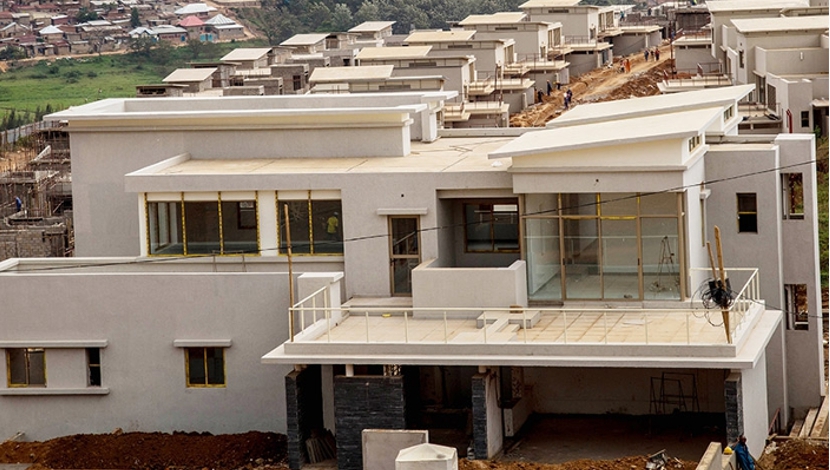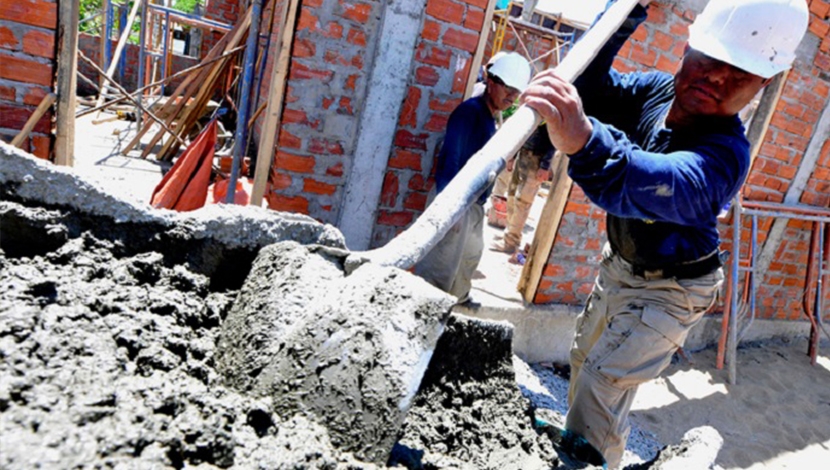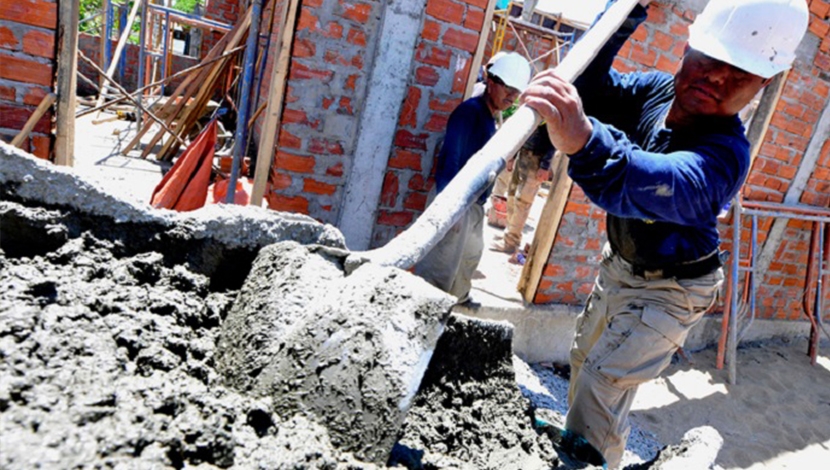

The Rwandan construction and real estate sectors have registered enormous growth rates over the past decade, hiking cement demand. However, what is manufactured by the existing producers does not meet market demand, with experts predicting the supply gap to continue widening in the next few years.
This (shortfall) has also attracted regional firms to expand operations in Rwanda to serve the growing demand for cement that presently stands at over 450,000 tonnes per year. Of this, local producers can manage only 400,000, with Cimerwa Cement contributing the biggest share of the cement on the market.
Cimerwa unveiled a state-of-the-art plant in Rusizi District, saying it had the capacity to produce 600,000 tonnes of cement annually. But figures from the firm, which is owned by South Africa’s Pretoria Portland Cement (PPC) group, indicate that the company makes just above half of its installed capacity at 60% or 350,000 tonnes annually.
The other producer, Kigali Cement, a subsidiary of ARM Cement, is not known and the firm’s officials were cagy when asked about their output.
Cimerwa has not been producing at full capacity, according to the Pretoria Portland Cement Integrated report for 2017. The report shows that Cimerwa Cement sales were 310,000 tonnes by March, up from 124,000 tonnes in 2015.
According to the report, plans are underway to ramp-up operations and “optimisation will continue and the plant will be able produce at full capacity in the next two years”.
More cement makers plan entry
Annette Karenzi, the director general for industry and entrepreneurship at the Ministry of Trade, Industry and East African Affairs, said government is trying to attract more cement makers to boost production.
“A new player, Prime Cement, plans to establish a $65-million grinding plant in Musanze District, Northern Province.
The plant is expected to start operations next year. Karenzi also revealed that another firm is still in talks with the government to build a cement factory in a yet to be named place. It’s for developments like these that Ministry of Trade and Industry officials project an upward trajectory for cement production in the next few years “as more firms join the market”.
But some sector players say this is not enough, adding that the cost of cement is still high compared to other regions. New entrants could push prices down.
Rwanda’s cement import value dropped by over half to $42 million in 2016 from $80 million in 2015.





